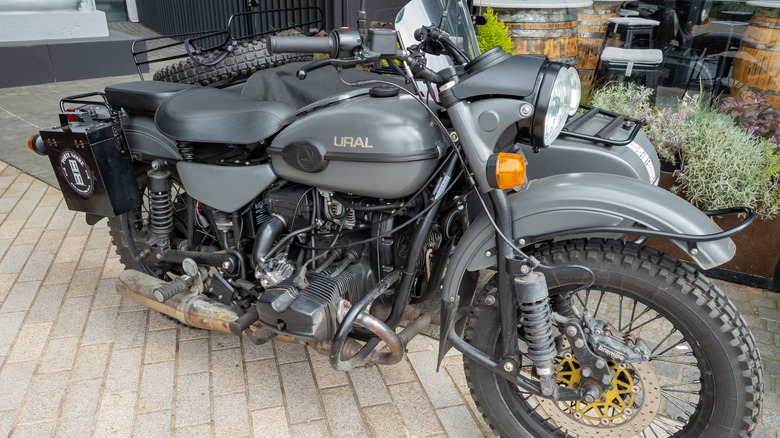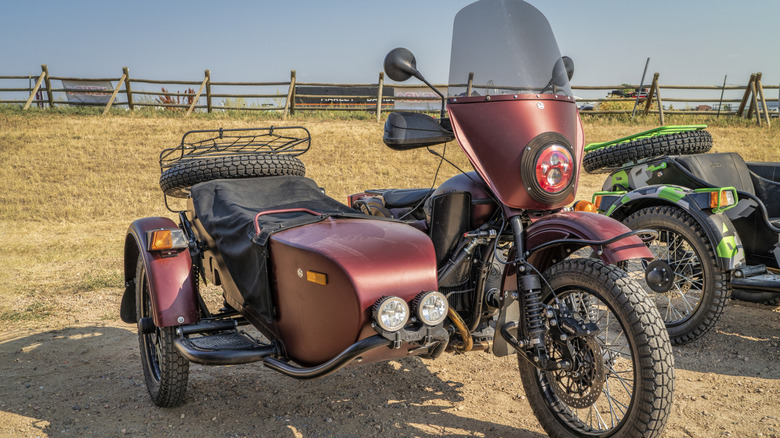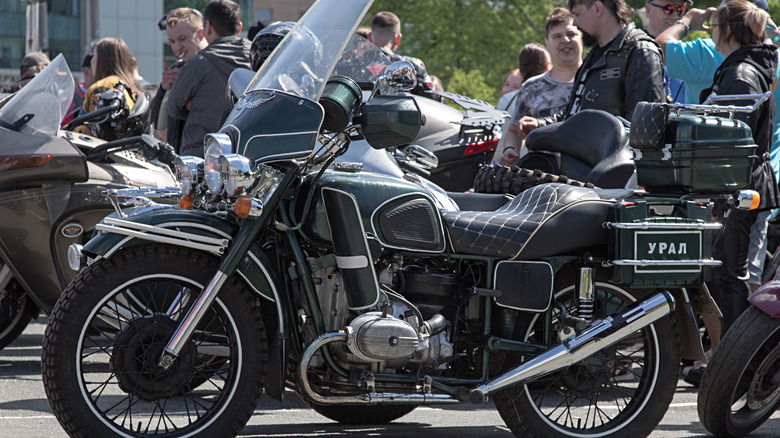Where Are Ural Motorcycles Made, And Who Owns The Company Today
Ural Motorcycles have undergone several significant transformations over their long history. Originally, the company was based in Irbit, Russia, where it produced motorcycles for military and domestic use from the early 1940s. The factory's strategic location in the Ural Mountains, chosen to avoid Luftwaffe bombings during World War II, marked the birth of the Ural brand. For over 80 years, the company operated from this site, building its reputation on rugged, sidecar-equipped motorcycles tailored to traverse Russia's harsh terrains.
However, in 2022, amidst the geopolitical turmoil caused by Russia's invasion of Ukraine and resulting international sanctions, Ural faced disruptions in its supply chain and production. The company quickly made the decision to relocate its assembly operations to Kazakhstan, a nearby country with an established industrial infrastructure and a significant Russian-speaking population. The new facility in Petropavlovsk, Kazakhstan, marked the end of Ural's production in Russia, as it continues to assemble its motorcycles and sidecars in this new location, ensuring the brand's survival in the face of international challenges.
Who owns Ural Motorcycles today?
Ural Motorcycles is privately owned by a group of investors, with Ilya Khait serving as the CEO and the majority shareholder. The company's ownership has evolved over the years. Originally a Soviet state-owned enterprise, it underwent privatization in the early 1990s. In 2000, after a series of management changes and financial challenges, Khait and his investors took control of the company through a management buyout. Since then, Khait has played a pivotal role in steering Ural through significant challenges, including the transition to a more modern production model, which involved adopting better components and improving the motorcycles' global appeal.
Khait's leadership has been crucial as Ural navigates both industry difficulties and external geopolitical pressures. Today, Ural's operations are managed from the United States through its distribution arm, Irbit Motorworks of America, which helps maintain the brand's international presence, especially in markets like the U.S., where Ural enjoys a strong following.
From Russia to global recognition
Ural Motorcycles has a fascinating history rooted in the Soviet era. The company's origins trace back to 1941, when the Soviet military needed a rugged, all-terrain motorcycle for use in the harsh conditions of World War II. After acquiring one of the most iconic military motorcycles of all time, the BMW R71, the Soviets reverse-engineered it to create the M-72, marking the beginning of Ural's legacy (and also the claim that Ural motorcycles are just 'copies' of BMW bikes). The Irbit Motorcycle Factory was set up in the remote Ural Mountains to meet wartime demands, and it continued producing motorcycles for the military well after the war.
During the Cold War, Ural became a key supplier for the Soviet army and later expanded to export motorcycles to countries in the Warsaw Pact and beyond. The company faced numerous challenges following the fall of the Soviet Union, including a market shift away from motorcycles in Russia, but it successfully transitioned to producing sidecar motorcycles for a global market.
Today, Ural bikes are sold in over 40 countries, with a dedicated customer base in the United States, Japan, and across Europe. Despite its tumultuous history, the brand has become synonymous with adventure, rugged exploration, and popular as the manufacturer of one of the nine motorcycles built with a reverse gear for easy backing up.


